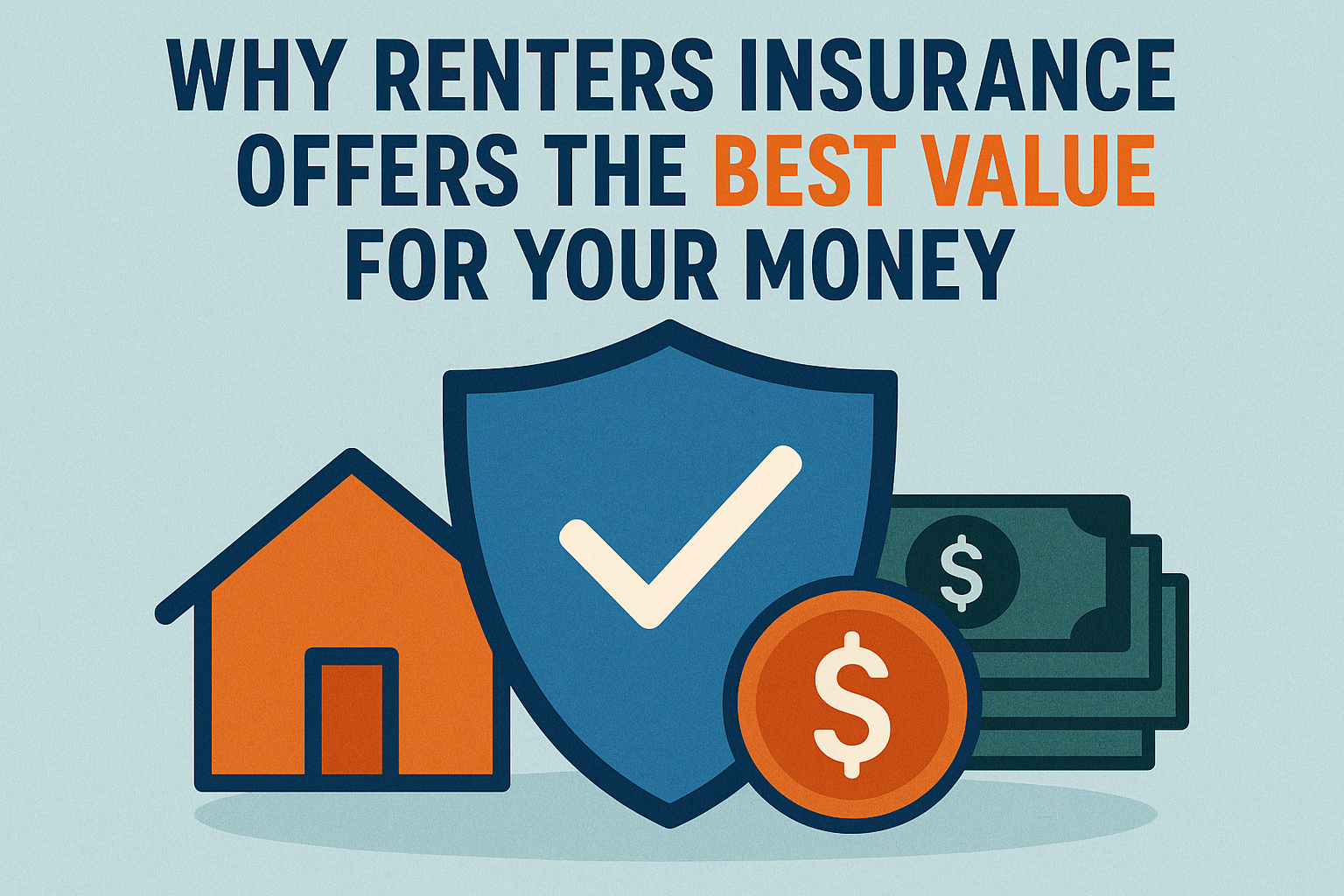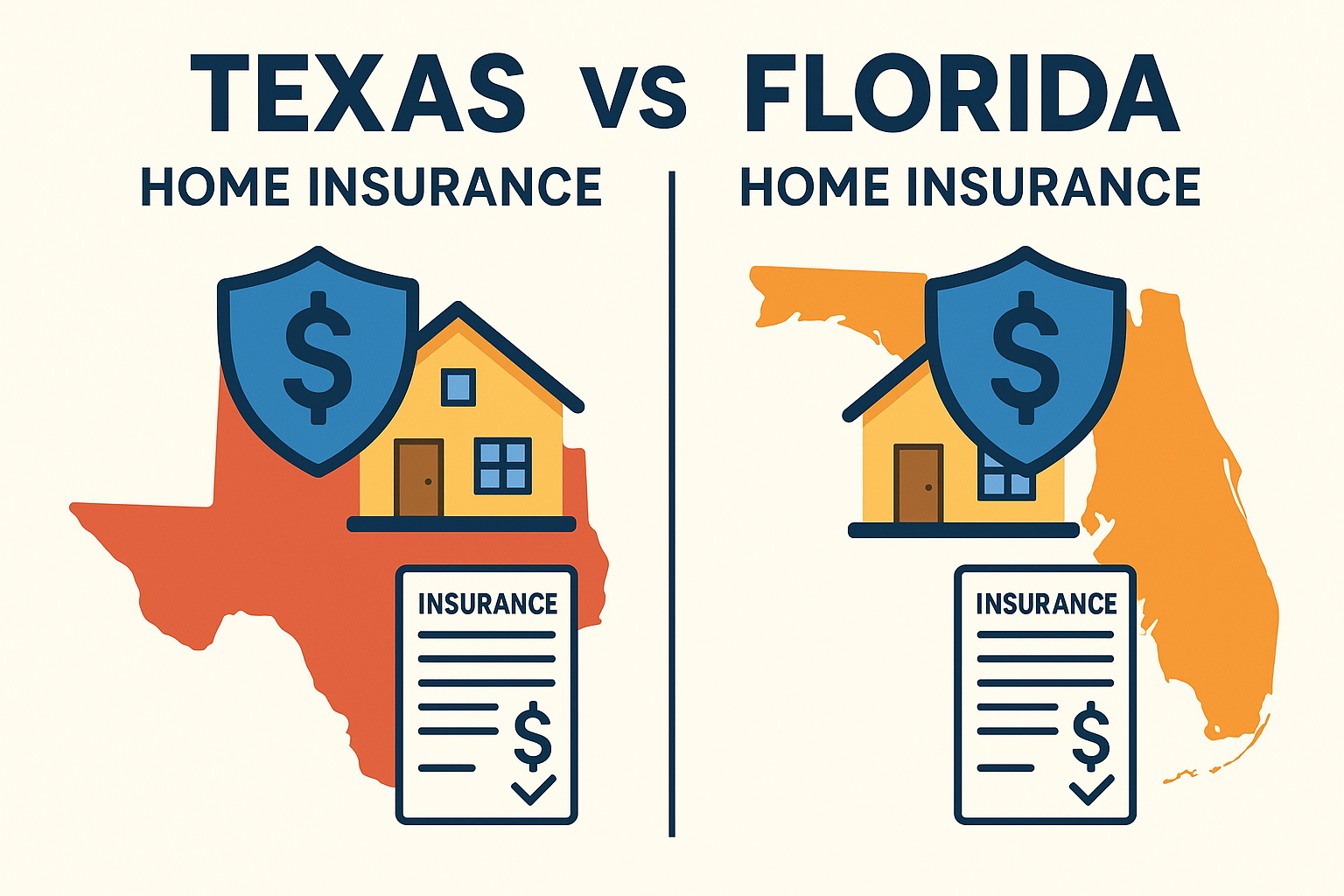It is easy for shoppers to overlook renters insurance, but it is one of the smartest investments you can make as a tenant. Many people think only homeowners need insurance, yet renters face many of the same risks. A small monthly payment can protect you from significant, unexpected expenses. Understanding the actual value of renters insurance will help you see why it is such a cost-effective option. Let us explore the reasons why renters insurance offers the best value for your money.
Understanding the True Cost of Renters Insurance
Renters insurance is surprisingly affordable for most people. Unlike other types of insurance, you can often secure a policy for less than the cost of a daily cup of coffee. Monthly premiums typically range from $10 to $20, depending on your location and coverage needs. For such a small price, the protection you receive is substantial. A single incident, like a minor fire or burglary, can cost much more than your yearly premium.
When you consider the value of your personal belongings, the cost of insurance makes even more sense. Electronics, clothing, and furniture add up quickly. Replacing everything on your own would be a substantial financial burden. Renters insurance covers these items, so you are not left struggling after a disaster. The peace of mind you get is well worth the small investment.
Many people worry about hidden fees or unexpected costs with insurance. Renters insurance is straightforward to understand. Deductibles are typically low, and you can select the coverage that best suits your budget. Most companies offer flexible payment options, making it easier to maintain an active policy. Knowing precisely what you pay and what you get makes renters insurance a wise financial choice.
Key Benefits Renters Insurance Provides for Tenants
Renters insurance protects more than just your belongings. It also includes liability coverage. If someone gets hurt in your apartment, someone could hold you responsible. Renters insurance helps pay for medical bills or legal fees if someone ever sues you. This protection is essential because accidents can happen to anyone.
Loss of use coverage is another valuable benefit. If your rental becomes uninhabitable due to fire or water damage, renters insurance can pay for your temporary living expenses. This benefit means you will not have to worry about where to stay or how to afford extra costs. Having this support can make difficult times much easier to manage.
Many policies also cover theft, even if it happens outside your home. If a thief stole your laptop from your car, renters insurance can help cover the cost of replacing it. Coverage usually extends to property lost or damaged while you are traveling. Knowing you are protected wherever you go adds another layer of convenience and peace of mind.
Comparing Renters Insurance to Other Types of Coverage
Homeowners insurance often costs significantly more because it must cover both the building and personal property. Renters insurance only covers your belongings, making it a more affordable option. Auto insurance is required by law and usually comes with higher premiums and deductibles. Health insurance is also necessary, but it can be costly, especially if you have a high-deductible plan.
Unlike other types of insurance, renters insurance explicitly covers situations unique to tenants. Landlord insurance only protects the building, not your items. If something happens, your landlord is not responsible for your losses. Renters insurance fills this critical gap at a low cost.
Some people think they can rely on savings to cover potential losses. In reality, replacing everything after a fire or burglary can quickly wipe out your savings. Renters insurance is a simple way to avoid this risk. For just a few dollars each month, you can protect yourself from major financial setbacks. It offers more value for your money compared to many other kinds of coverage.
Maximizing Value and Peace of Mind as a Renter
To get the most out of your renters insurance, review your policy each year. Ensure your coverage aligns with the value of your belongings. As you purchase new items or relocate to a new place, update your policy as necessary. Many insurers offer discounts if you bundle renters insurance with auto or other policies.
Keep an inventory of your possessions and save receipts or photos. This information will make filing a claim easier if an issue arises. Stay informed about what is covered and any exclusions in your policy. You can often increase coverage limits for just a small additional cost.
Above all, renters insurance gives you peace of mind. You will not have to worry about losing everything in a disaster. In the event of an accident, you have financial protection and support. Renters insurance helps you focus on enjoying your home instead of stressing about what might go wrong. The value it provides far outweighs the small monthly cost.
Conclusion
Renters insurance stands out as the most cost-effective insurance you will ever buy. With a small monthly payment, you gain protection for your personal belongings, liability, and living expenses during an emergency. The coverage is flexible, easy to understand, and tailored for the needs of tenants. Unlike other insurance types, renters insurance fits comfortably into almost any budget while guarding you against significant financial risks. Choosing renters insurance means you are prepared for the unexpected, whether it is theft, fire, or an accident in your home. Having a policy also means you can recover more quickly and with less stress if disaster strikes. Renters insurance proves that you do not need to spend a lot to get valuable protection. Taking time to understand your options and keep your coverage up to date ensures you make the most of every dollar spent. Enjoy peace of mind knowing your future is secure. Investing in renters insurance is genuinely one of the wisest financial decisions any renter can make.











